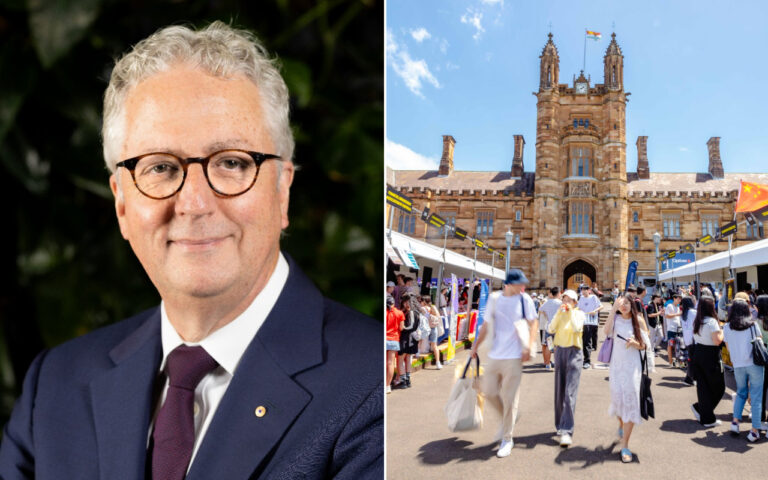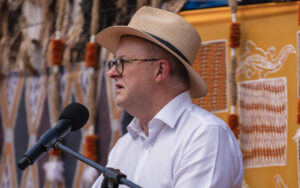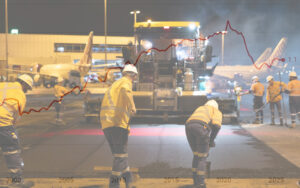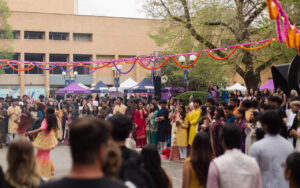The salaries of Australian university vice-chancellors have exploded amid a record intake of international students, and several now earn well over $1 million a year.
The 2024 annual reports of 10 New South Wales universities show that the top earner was the University of Sydney’s Mark Scott, who earned between $1.335m and $1.35m, The Australian reported.
This was a rise of over $150,000 on his 2023 salary, with the annual increase alone equivalent to one and half times the average wage. Eight of his senior executives were paid an yearly salary of more than $500,000, and another eight earned over $750,000.
Other members of the “million-dollar club” included University of NSW vice-chancellor Attila Brungs, who received $1.15m, Macquarie University’s Bruce Dowton who earned around $1.05m, and the University of Newcastle’s Alex Zelinsky, who was paid between $1.02m and $1.03m.
The lowest paid was Chris Moran of the University of New England, who earned around $670,000. This is still higher than the Prime Minister’s annual salary, however, with all 10 of the state’s vice-chancellors earning more than the PM’s base pay of $607,000.
Data tabled in the Victorian parliament last month revealed that five of the state’s vice-chancellors earned over $1m last year. Ex vice-chancellor of the University of Melbourne Duncan Maskell led the list with an annual salary of $1.5 million. The vice-chancellors of Monash, Swinburne, RMIT and Deakin also recorded earnings of $1 million or more.
Vice-chancellors at all of Australia’s prestigious Group of Eight universities earn well in excess of $1 million per annum, with the National Tertiary Education Union (NTEU) further noting that a vice-chancellor at an average public institute will also receive a “total remuneration package of about $1.048m” a year.
Professor Scott’s salary is roughly equivalent to that of the President of Harvard, yet the American university is routinely ranked among the top-five institutes in the world while the University of Sydney came in 61st in the latest Times Higher Education global university ranking.
And the Vice-chancellor of Queensland University of Technology (QUT), Margaret Sheil, earned $1,234,000 in 2023 at around the same time as her school witnessed a surge in “phantom students” and a retention rate of just 53.6% among first-year foreign students.
The high salaries come despite poor educational performance across the sector, with Australia Institute senior economist Jack Thrower telling News.com.au the current set-up was “failing students”.
“Australian universities continue to fall down international rankings and there is no correlation between student educational satisfaction and vice-chancellor remuneration” Mr Thrower said.
Tony Sheldon, a Labor Senator and chairman of the Senate Standing Committee into Education and Employment, said the entire sector was “lawless”.
“There’s no other job in Australia where you can be paid so exorbitantly while performing so badly, with seemingly no consequences or accountability for the impact on university staff and students,” he said.
Much of the largesse flowing into Australian universities comes from foreign students – enrolments exceeded one million for the first time ever last year, and four Australian universities made more than $1 billion from international student tuition fees, the Australian Financial Review reported.
The University of New South Wales, where 47% of students are from overseas, recorded a 61% increase in foreign student revenue, up from $877 million in 2023 to $1.4 billion in just a year.
Monash University also saw a 42% increase in its foreign-student revenue, while Deakin and Curtin Universities saw their figures grow by a third.
The influx of foreign students has also created a situation in which foreign students outnumber locals across a range of faculties.
At the University of Sydney, 47% of enrolments are now international students, with the overwhelming majority coming from China, and foreign fees made up 40% – or $1.6bn – of the school’s revenue last year.
In the university’s business school, almost three quarters (71%) of enrolments are foreign students. In the faculty of engineering, up to 59% of the intake are from overseas, as are over half the enrolments in the school of architecture, design and planning.
Among the postgraduate cohort, almost two-thirds (62%) of it is international.
This is happening at the same time as there has been a decline around the country in fields of study that are not deemed desirable by foreign students. At Macquarie University, a school where 1 in 4 students are foreign and where $282 million was earned last year in international-student tuition, there was a 35% drop in enrolments in disciplines like history and literature between 2013 and 2023, as per the university’s annual report.
Header image: Left, University of Sydney Vice-Chancellor Mark Scott (The University of Sydney). Right, students at Sydney University (USU).

























